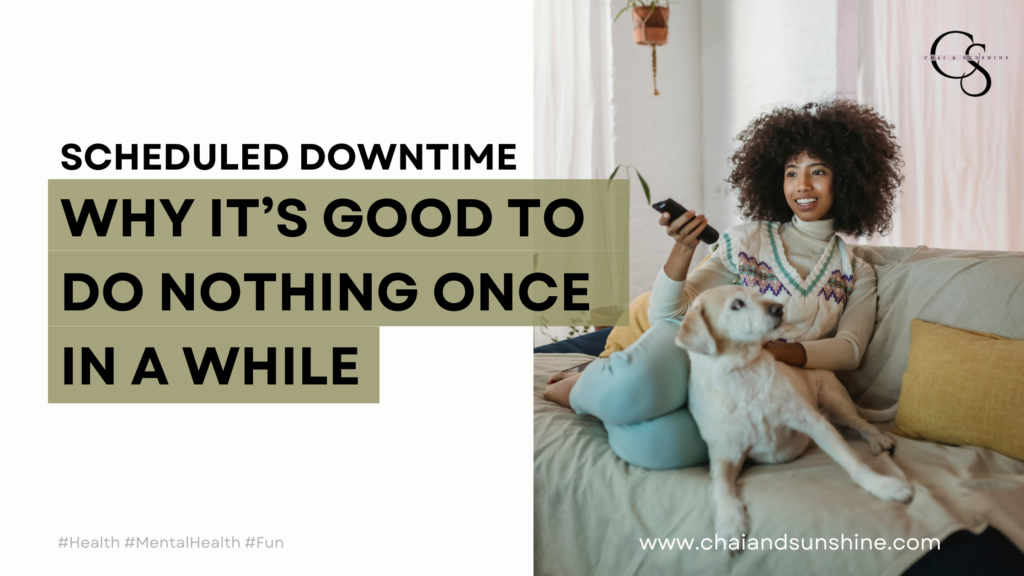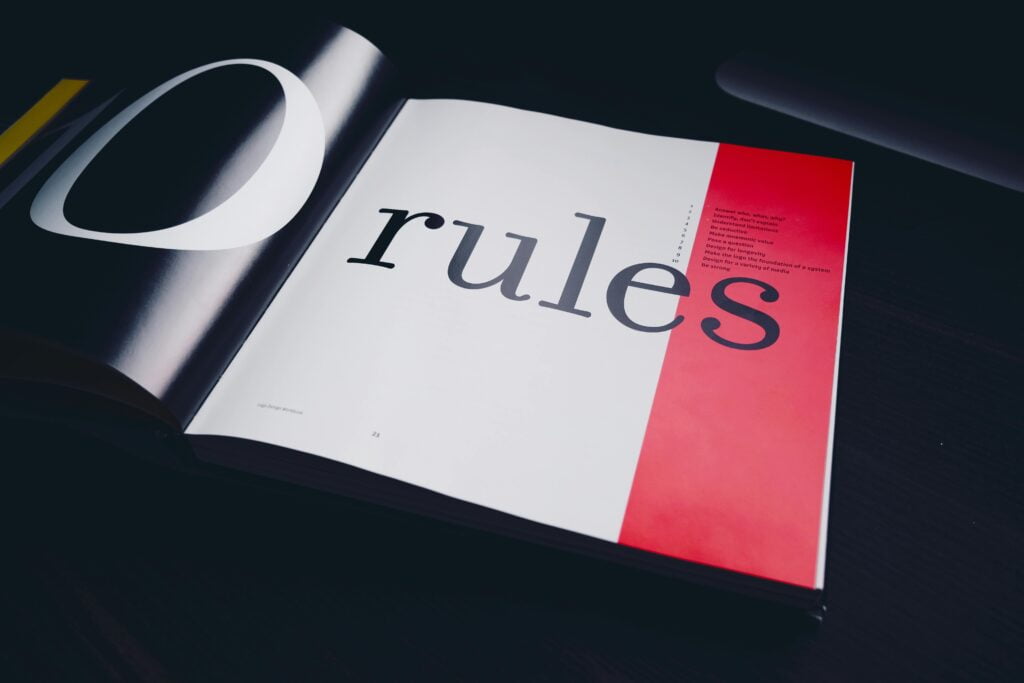
Scheduled downtime.
It’s a term associated to our technological companions. But somehow doesn’t come with the same kind of acceptance and understanding when referring to us.
More often than not, it doesn’t even cross our minds to book in some scheduled downtime for ourselves. And when it does, it often comes with guilt and hesitation.
So, what is it about rest that has us feeling so conflicted?
Here’s my take on why it’s good to do nothing once in a while, and why we don’t do it.
Table of Contents
ToggleWhat is scheduled downtime? (And what's not?)
1. Scheduled Downtime is Planned Ahead of Time
2. Scheduled Downtime is Free from Responsibility
3. Scheduled Downtime is NOT a Time to Keep Up with Anything Except the Kardashians
We’re so pressured keep up with our work, our chores, and even with replying to e-mails and WhatsApps, that we often feel obliged to use our downtime to do that.
4. Scheduled Downtime should Free Up Mental Real Estate

Why it's good to do nothing sometimes, but why it feels so bad
I find something inherently depressing but very telling about the term Paid Time Off, or “PTO.”
It’s thinly veiled corporate speak for the harsh equation: work in exchange for permission to exist outside of work.
It implies our primary purpose is to toil away, with brief respites granted at the employer’s discretion. Work is, therefore, the centre of our lives.
But should our worth be measured by our output? And should leisure time be reduced to a necessary evil to prevent burnout?
If our corporate overlords could find a way to prevent worker burnout without the leave, I’m sure we’d see our precious PTO vanish.
"Idle Hands are the Devil's Playthings"
This warped perspective on work and leisure has its roots in a puritanical work ethic that equates idleness with sin. Capitalism has since proliferated this worldview and conditioned us into believing that relaxation is a moral failing.
However, our drive for productivity ignores our evolutionary history. Hunter-gatherers worked far less than we do. But ever since the agrarian revolution, we’ve been steadily working longer and harder hours.
And now, the information age threatens to blur the lines between work and life even further. Because of technology, we’re now “on call” 24/7.
This relentless pressure to be constantly productive creates a toxic cycle of guilt and exhaustion.
How often and for how long should you do nothing?
The ideal duration and frequency of scheduled downtime is going to be different for different people.
But while there’s no one-size-fits-all answer, I recommend aiming for regular periods of uninterrupted relaxation.
Some people like weekend getaways or more frequent half-day escapes.
But my schedule is 3 full days of scheduled downtime every 3 months.
Even though I spend those 3 days in a (often dark) room with food and lots of TV to watch, they leave me more refreshed than a conventional holiday away.
The key is to listen to your body and mind.
Recognise when you’re likely to feel overwhelmed or burnt out to schedule in some downtime before you snap. Then make it a tradition!
Scheduled downtime: Some ground rules to consider

Now, I don’t have hard set rules for scheduled downtime. But I do have some guidelines.
I’ll share my personal rules with you in case you find them helpful:
(1) Be Alone
For me, it’s not really downtime if I’m with someone. And as lovely and easy as my husband is, there’s just something recharging about being alone.
Maybe it’s not having to check in with anyone. Maybe it’s about not having to speak for a couple of days.
Whatever it is, I definitely recommend doing your scheduled downtime alone.
(2) Be Unavailable
Do not be nice and tell people that they can contact you if they need something.
Let them figure out what to do on their own!
Warn your work colleagues, your parents, your kids, your spouse not to contact you unless it’s an emergency.
And make sure you define what an emergency is so you aren’t called because they misplaced their keys (true story!).
(3) Be a Child Again
I think one of the most beneficial things about scheduled downtime is the chance to regress.
Adulting can be really hard! Finances, chores, parenting, work – it can definitely feel overwhelming.
So, leaving behind all your responsibilities and commitments for a predefined amount of time can be really freeing.
Final Thoughts
I like to eat all the junk food I restrict myself from on a normal day during downtime.
I’m up late and watch mystery documentaries and romance films.
I watch millions of Instagram reels well into night, shower only if I feel like it, and do my best not to leave the house (hello, delivered groceries!).
Three days later, I’m ready to rumble. My battery is replenished and I may even miss my kids a little bit.
And that’s how I stay out of psychiatric facilities.
